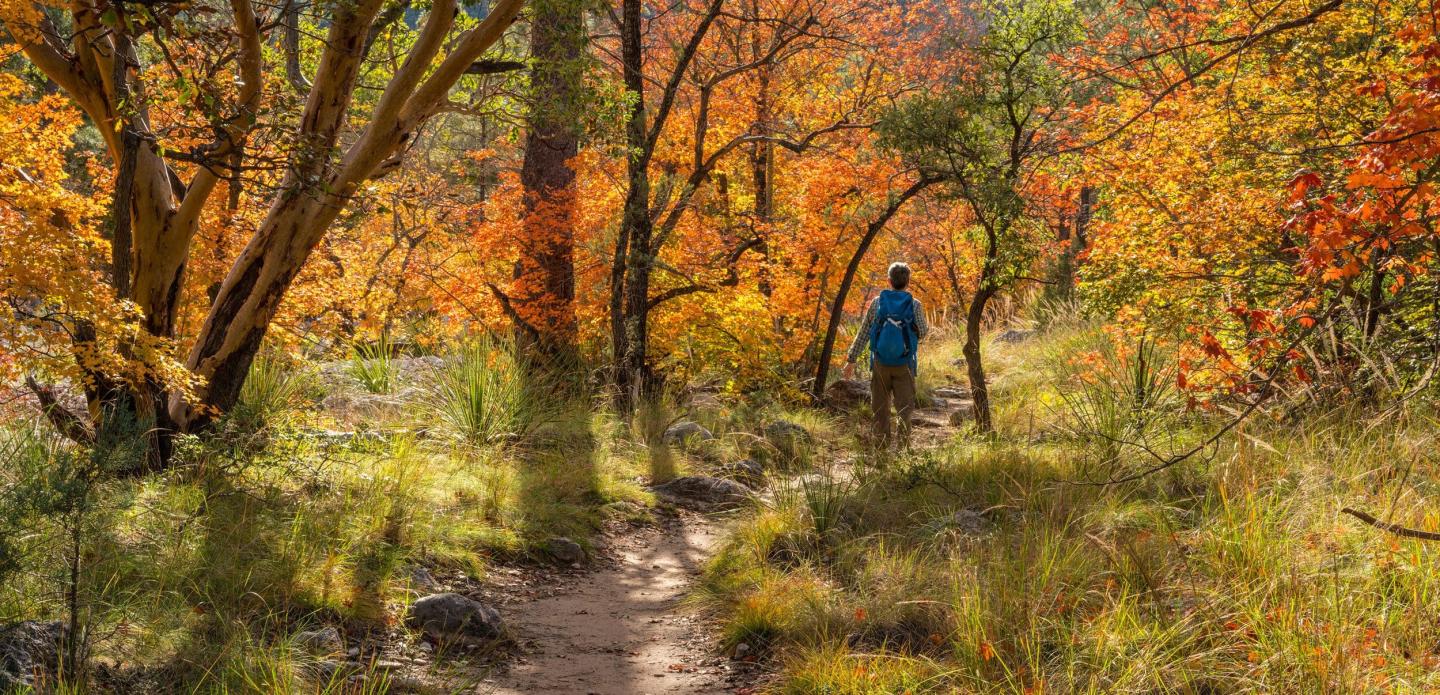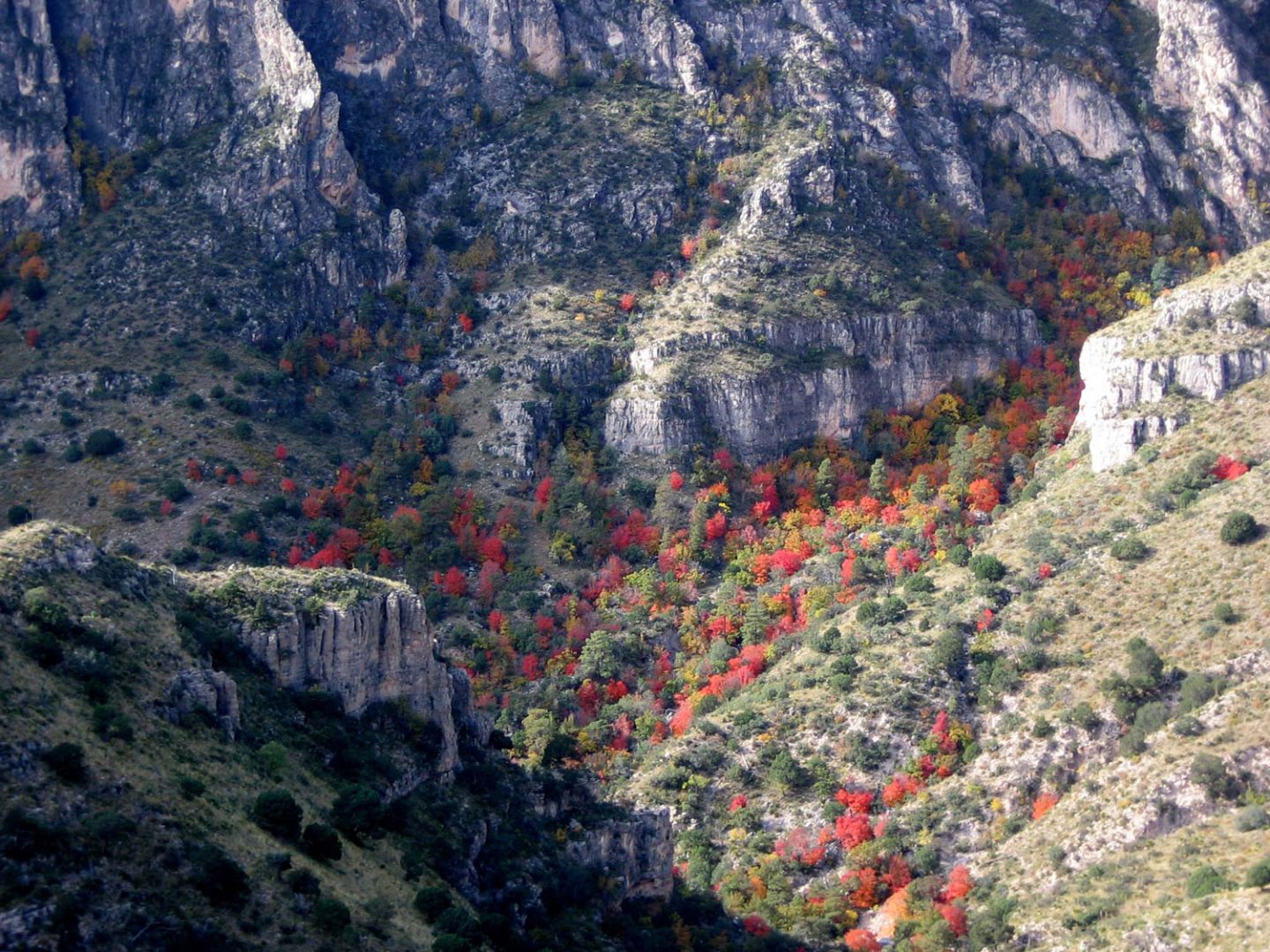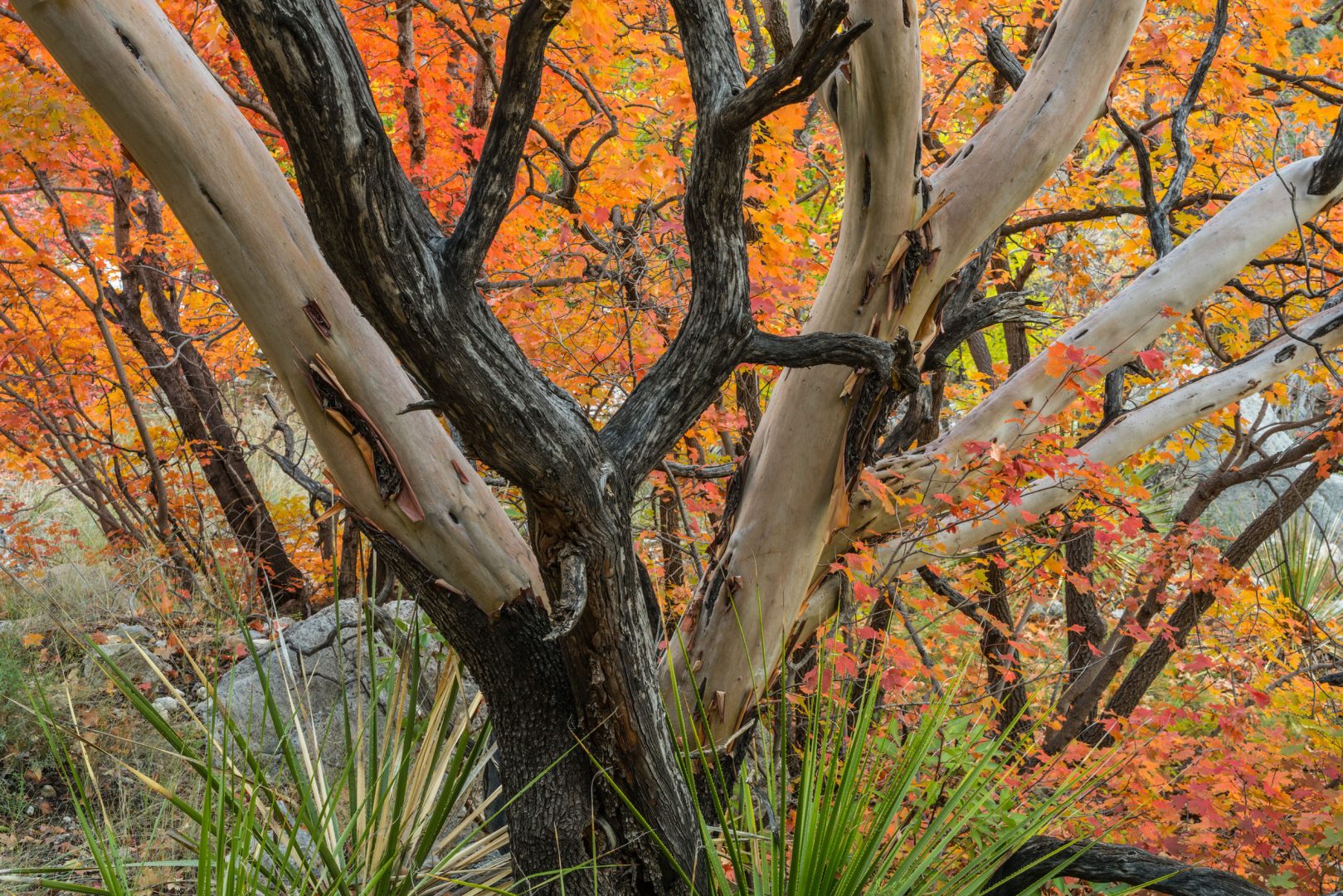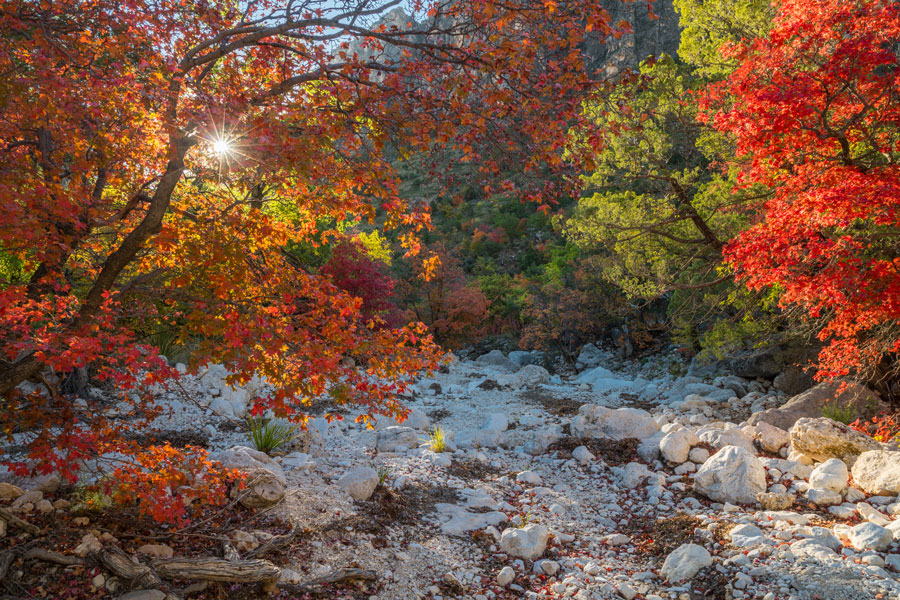
Add Some Color to Your Life: Autumn at Guadalupe Mountains National Park


“We share a border of 2,000 miles. Over three million of our citizens in the United States are descended from your citizens.” –President John F. Kennedy during a visit to Mexico in 1962
We share North America. What can we learn by exploring our own history and heritage and that of our neighbors? In Mexico City on August 29, 1963, representatives of two sister republics signed the Chamizal Convention. This treaty diplomatically resolved a century-long boundary dispute between the United States and Mexico. In 1966, the United States Congress authorized the establishment of Chamizal National Memorial. Park planners could have created a static monument depicting this example of international goodwill and cooperation. Instead, Chamizal National Memorial commemorates it through creative cultural exchange.

A diversity of people continues to shape the borderlands region of El Paso, Texas and Ciudad Juárez, Chihuahuah where the Chamizal dispute took place. Indigenous people have been here for millennia. More than 400 years ago diverse groups of Spanish colonials from old Mexico traversed and later colonized the area. In 1848, with US troops occupying Mexico City, the United States and Mexico agreed to the Rio Grande as part of a new international boundary. The shifting course of the river caused conflict once again. A local dispute arose over 600 acres of land between El Paso and Juárez called “El Chamizal”. Today, Chamizal National Memorial provides an avenue for understanding and enrichment to transcend barriers of race, ethnicity, and language.

Hispanic traditions and heritage, including the Spanish language, remain vibrant throughout the region. Chamizal National Memorial provides a venue for people from the United States, Mexico, and around the world to showcase and experience these traditions and heritage. Exhibits and visual arts, music, indoor theater and outdoor performances, and interpretive programming bring history and heritage to life. Over the years, WNPA’s Aid to Parks funds have helped Chamizal remain a living memorial by helping to pay performers and presenters, funding recognition banquets for park volunteers, and by paying for elements used in the park’s permanent exhibit.

Maples occur in other canyons as well. For those who are looking for a more adventurous and strenuous hike, the Devil’s Hall Trail & Route in Pine Springs Canyon offers the opportunity to scramble around boulders scattered in a wash that ranges from five to fifty yards wide. The twists and turns below the slopes of the canyon create new scenes throughout the 4.2-mile roundtrip hike. An erosional feature at the end of the hike, the Devil’s Hall, has walls that are sheer and about fifteen feet apart.

Those who do not mind making a longer drive to Dog Canyon gain options to hike shorter distances to see fall colors. The Tejas Trail is fairly level for the first mile and winds along and across a drainage that has many maples. The trail continues into the higher elevations and becomes strenuous, with incredible views into Dog Canyon and McKittrick Canyon. To gain these views expect strenuous hiking and a roundtrip distance of at least nine miles. The colors in Dog Canyon and along the Devil’s Hall Trail tend to turn before McKittrick Canyon.

If you arrive later in the season or are looking for a shorter hike, the Smith Spring Trail (2.5 miles roundtrip) tends to change after the colors have peaked in McKittrick Canyon. The number of maples around the spring is more modest than what can be found in other canyons, but the meandering cascade through the boulders and travertine creates a delightful scene and makes it a place worth visiting.
Autumn’s flourish of color is something to be savored before the harsh, cold winds of winter make hikes more challenging and the landscape seem dormant. The scale of the color change is not as grand as that occurring in the East, but the mix of fall foliage under the cliffs of a fossil reef, and the sight of colorful leaves tumbling beside cacti and agaves, are defining characteristics of Guadalupe Mountains National Park, and some of the things that make people wish they had allowed more time to explore. If you do allow more time, you will not be disappointed and you will join the many who have discovered that the desert is not always what you expect. Plan your visit today!
By: Michael Haynie, Park Ranger, Guadalupe Mountains National Park



